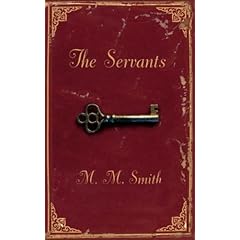 The Necropolis Railway was a book I bought in a second hand bookshop on a whim a few weeks ago. It’s a murder mystery set on the turn of the 20th century steam railways. Specifically it concerns the Necropolis Railway of the title. This was a real thing which was set up during the mid-19th century as a way of dealing with the overcrowding in central London cemeteries by moving funerals and burials to a large graveyard outside London. The transport to do this was the Necropolis Railway.
The Necropolis Railway was a book I bought in a second hand bookshop on a whim a few weeks ago. It’s a murder mystery set on the turn of the 20th century steam railways. Specifically it concerns the Necropolis Railway of the title. This was a real thing which was set up during the mid-19th century as a way of dealing with the overcrowding in central London cemeteries by moving funerals and burials to a large graveyard outside London. The transport to do this was the Necropolis Railway.
This book is set in the winter of 1903 when Jim Stringer, a humble porter from Yorkshire moves to London having accepted the offer of a job as an engine cleaner working for the London Necropolis Company. This he hopes is the start of a career path leading to becoming a driver being the pinnacle of achievement in his view. However almost from the start he comes up against hostility from the other men working on the railway. He also discovers that there have been a number of mysterious apparently accidental deaths. Further intrigue, and deaths follow and he finds himself investigating what he’s now sure is a series of murders.
The thing I should say straight away is that I’m not particularly a steam train fan. Martin clearly is and that’s OK. One of the delights of reading is to put yourself in the head of someone who thinks differently to you, likes things you don’t etc. However I had thought that I’d learn something as I went along but Martin pretty much assumes you know an awful lot of the technology, as well as some of the period details. My policy these days with books is to plough on and assume it will all become clear. This is a book where I might have benefited from pausing to check Wikipedia every now and then. Or perhaps not, I got the gist.
I can’t comment on the accuracy of the period feel but I can say that it was recognisably different from the modern day. So that awful thing of 21st century people projected back into historical contexts that you sometimes see wasn’t a problem here.
The plot trundles along quite well. I found it a little slow to start but it picks up about a third of the way in. The romantic interest when it turned up was well done I thought. Again, different to modern eyes but not a cliche either. The murder mystery plot was pretty good though I guessed most of the reason behind the killings. There did seem to be a lot of explanation in the last couple of pages which left it feeling like the next book (there’s a series of these) might continue the story, but from what I gather despite having the same hero it’s its own story.
7/10 – not enough of a steam buff to really love this but had fun anyway.




